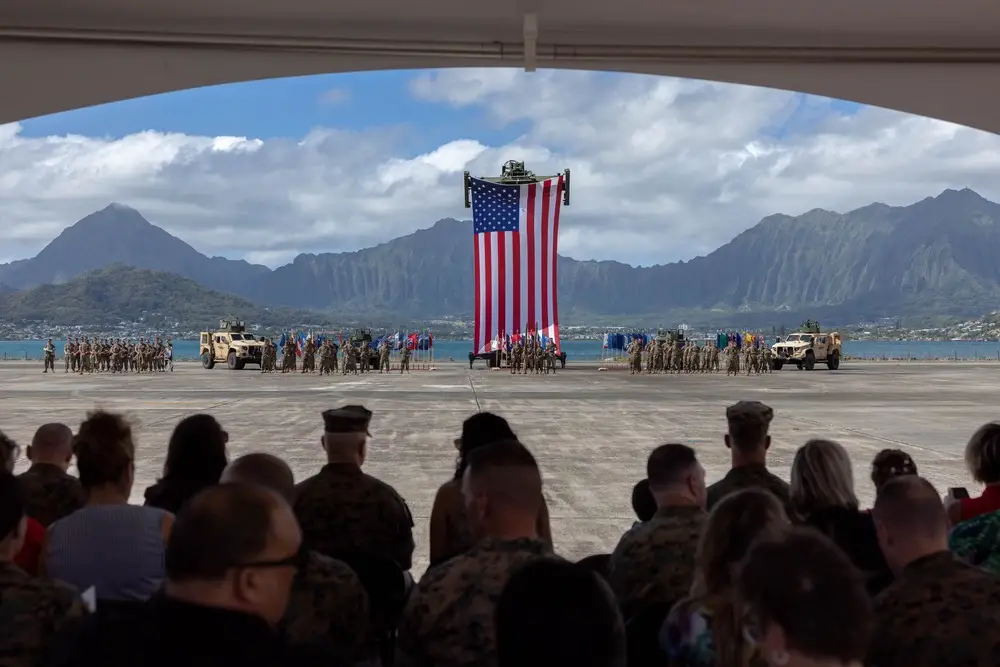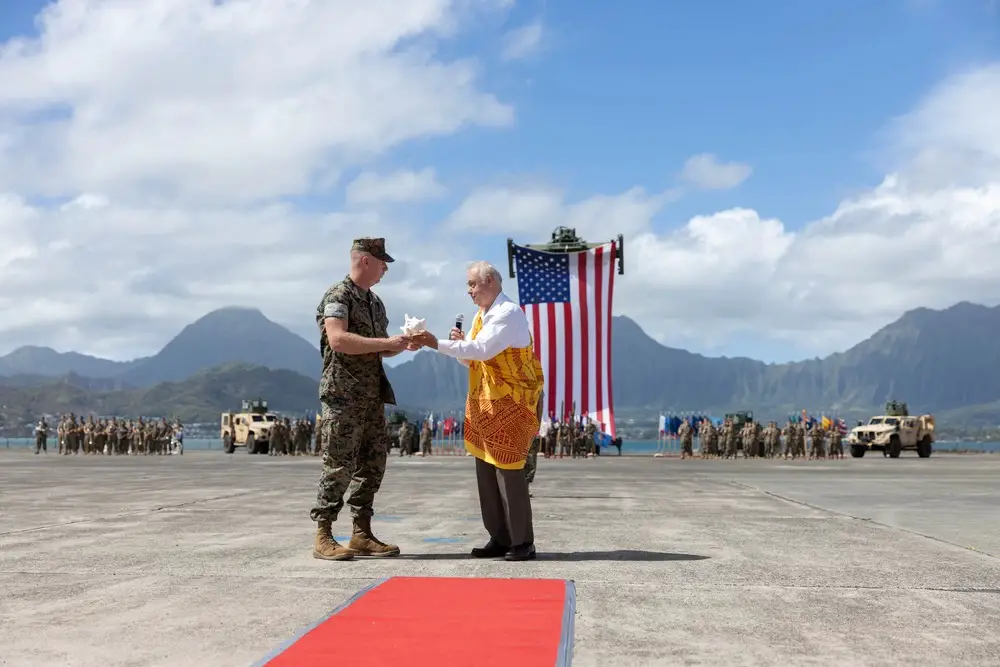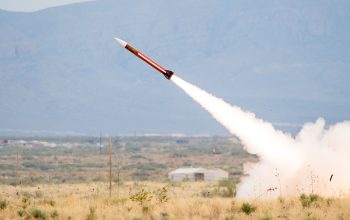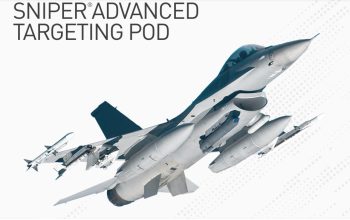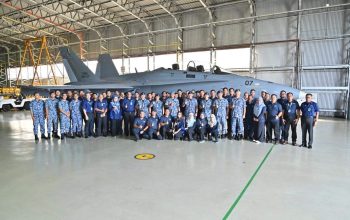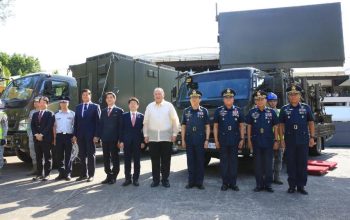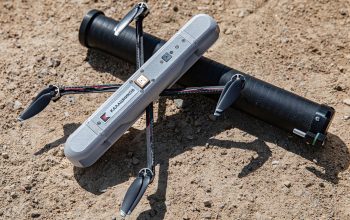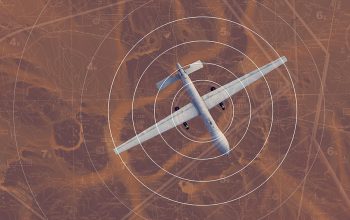Headquarters and Service (H&S) Battery, 1st Low Altitude Air Defense (LAAD) Battalion, Marine Air Control Group 18, 1st Marine Aircraft Wing, reinstated their unit colors during a reactivation and designation ceremony. Originating as 1st Forward Area Air Defense (FAAD) Battery, initially established on July 1, 1982, in Okinawa, Japan, 1st LAAD Battalion previously underwent two redesignations. The first occurred in October 1986, when 1st FAAD battery was redesignated as the 1st LAAD Battalion. The second took place in May 1993, when the battalion’s size was reduced, leading to its designation as 1st Stinger Battery. 1st Stinger Battery was officially deactivated in Okinawa on Sept. 28, 2007.
Today’s reactivation of 1st LAAD Battalion at Marine Corps Base Hawaii demonstrates progress toward force modernization with a significant increase in III Marine Expeditionary Force (III MEF), joint, and combined force capabilities. Originally designed to counter fixed wing and rotary wing enemy aircraft, the LAAD community now employs mobile, scalable air defense capabilities to counter not only manned aviation threats but also unmanned. This reactivation provides III MEF organic ground-based air defense assets against enemy aircraft and unmanned aerial systems (UAS) which enables their employment within the Indo-Pacific region without depleting resources from I or II MEF.
The primary mission of 1st LAAD Battalion is to deliver close-in, low-altitude, surface-to-air weapon capabilities. When task-organized, the battalion also provides command and control forces for ground security in defense of the Marine Air-Ground Task Force (MAGTF) commander’s designated critical areas. 1st LAAD Battalion will provide a much-needed capability to III MEF in the defense of maneuver units, forward operating areas and command and control nodes. This capability will enable Marines to fight and win under contested airspace. Marine Corps Base Hawaii will primarily serve as a strategic hub for 1st LAAD Battalion. The battalion is taking a phased activation approach, slated to culminate in 2028, beginning with the H&S Battery today. 1st LAAD Battalion looks forward to employing emerging capabilities in the Indo-Pacific in support of service, joint, allied, and partner forces.
